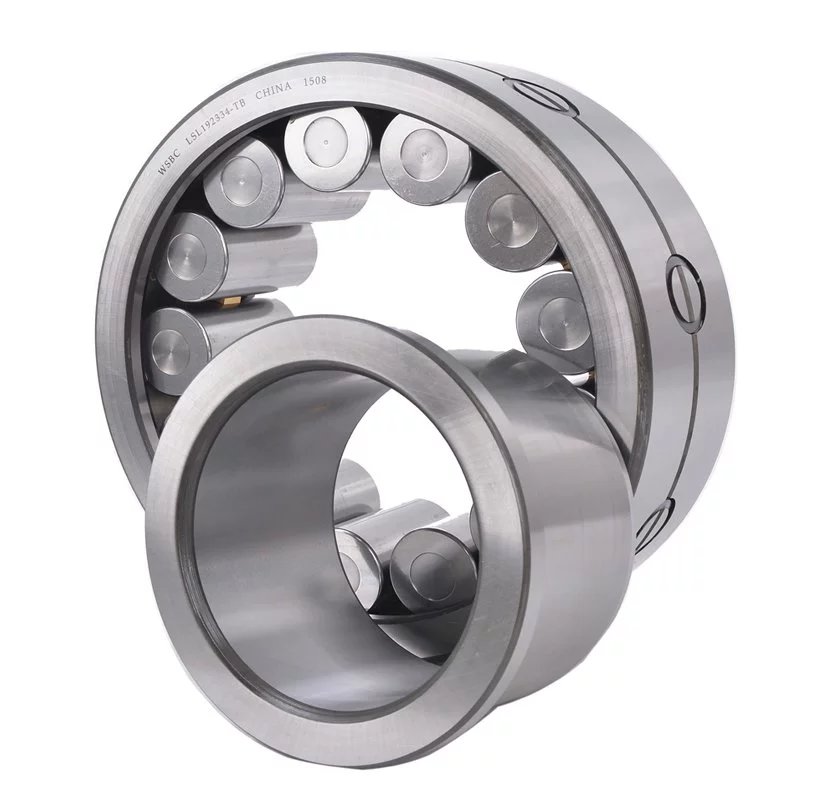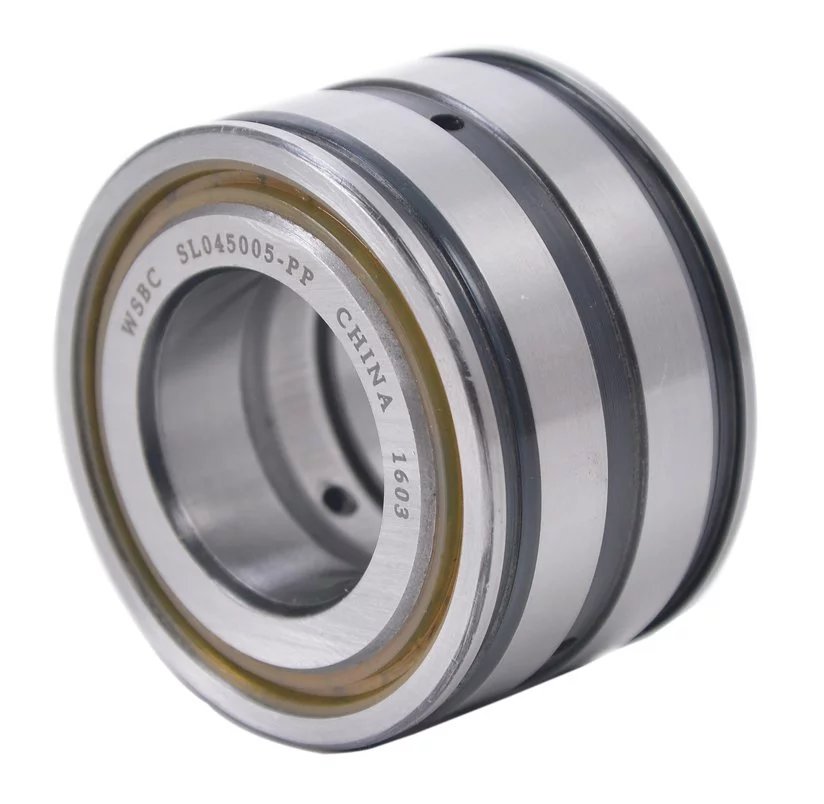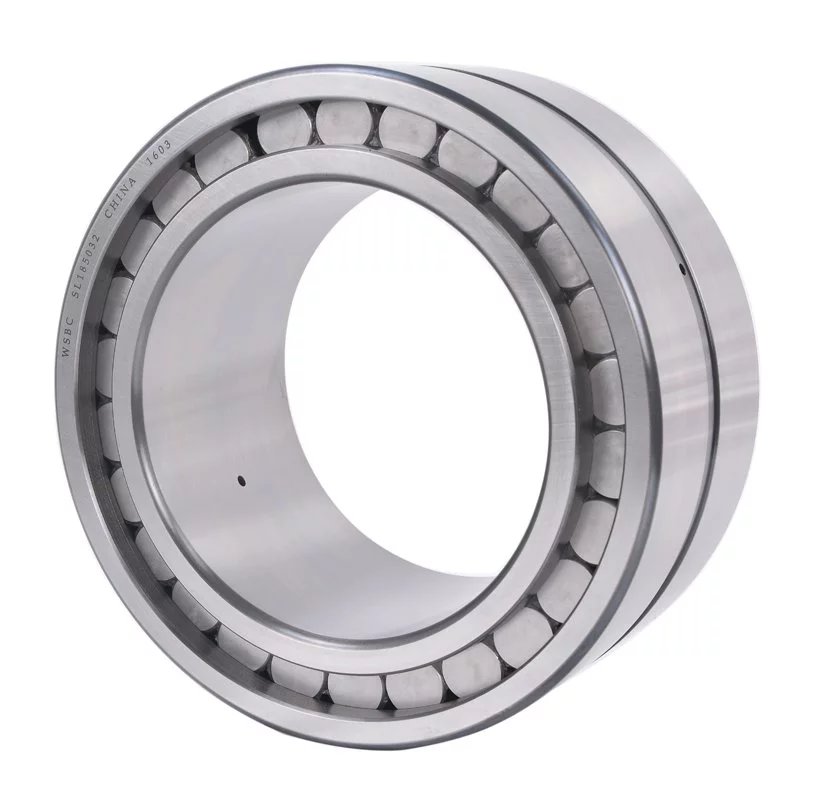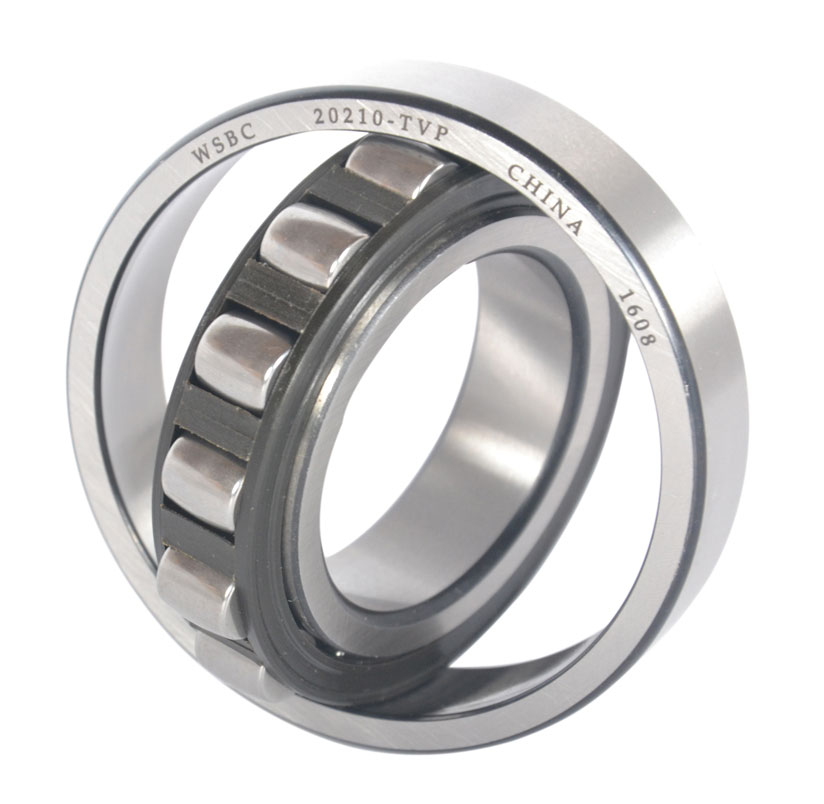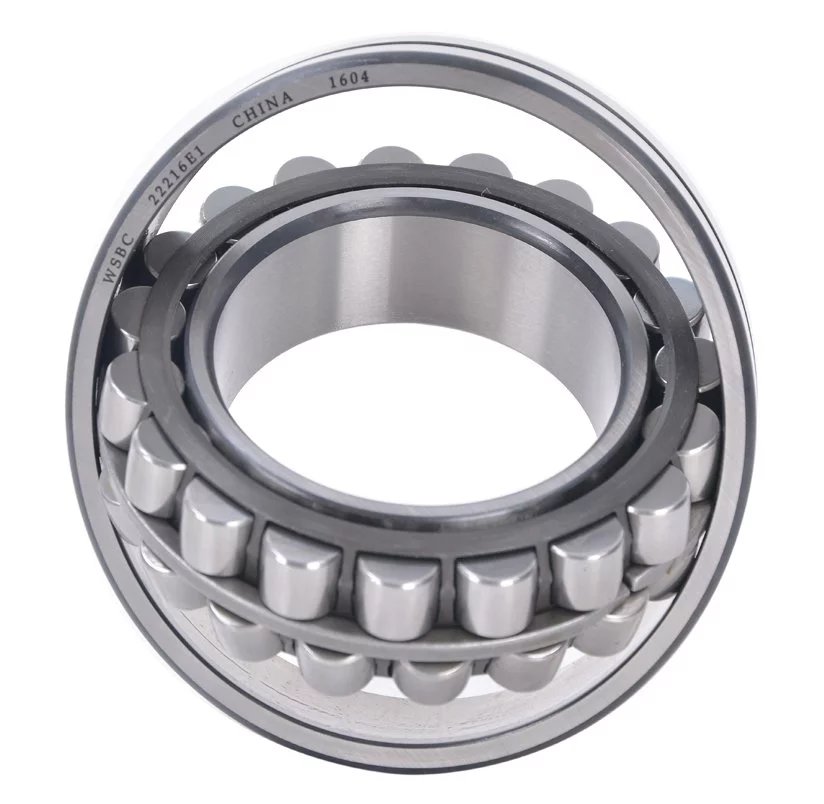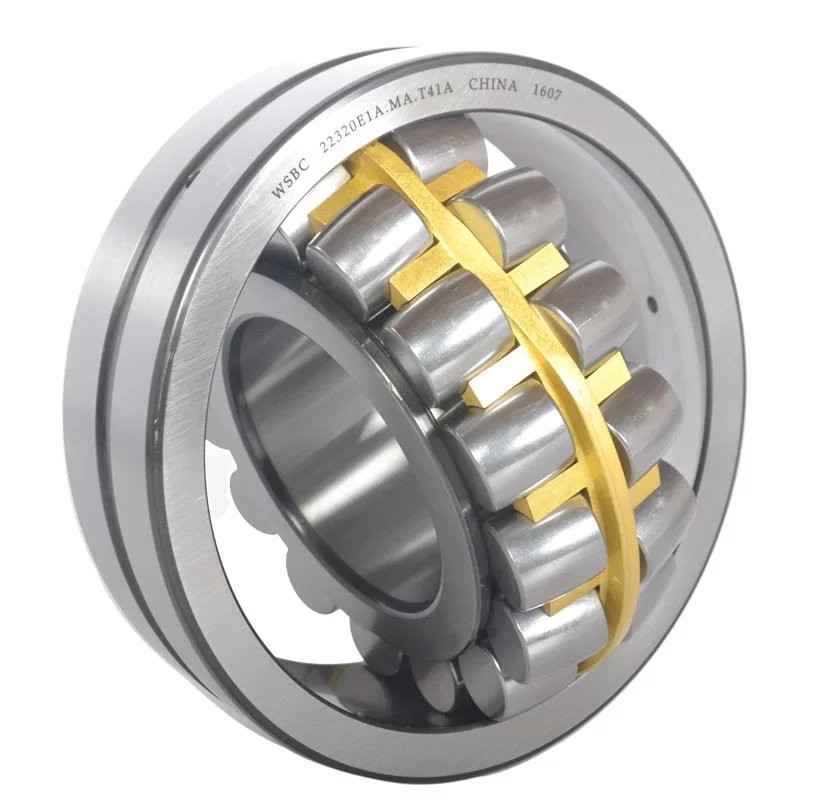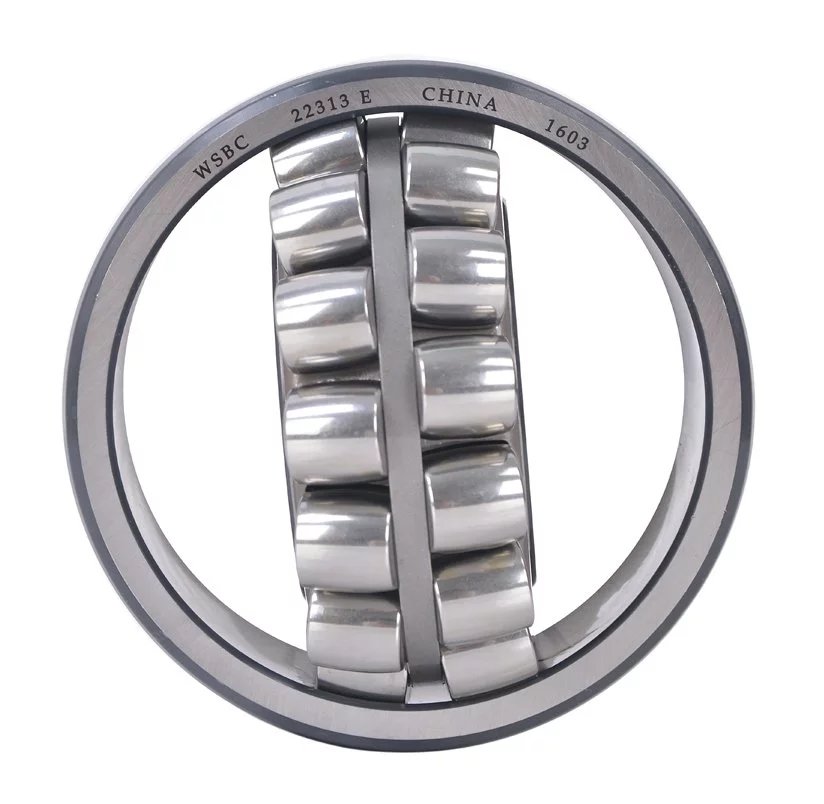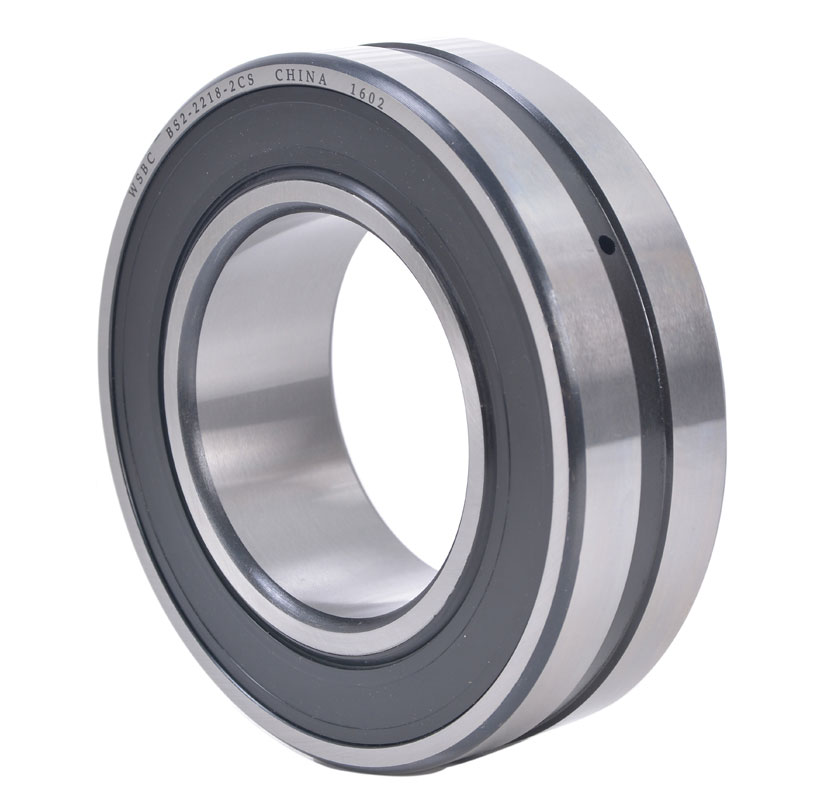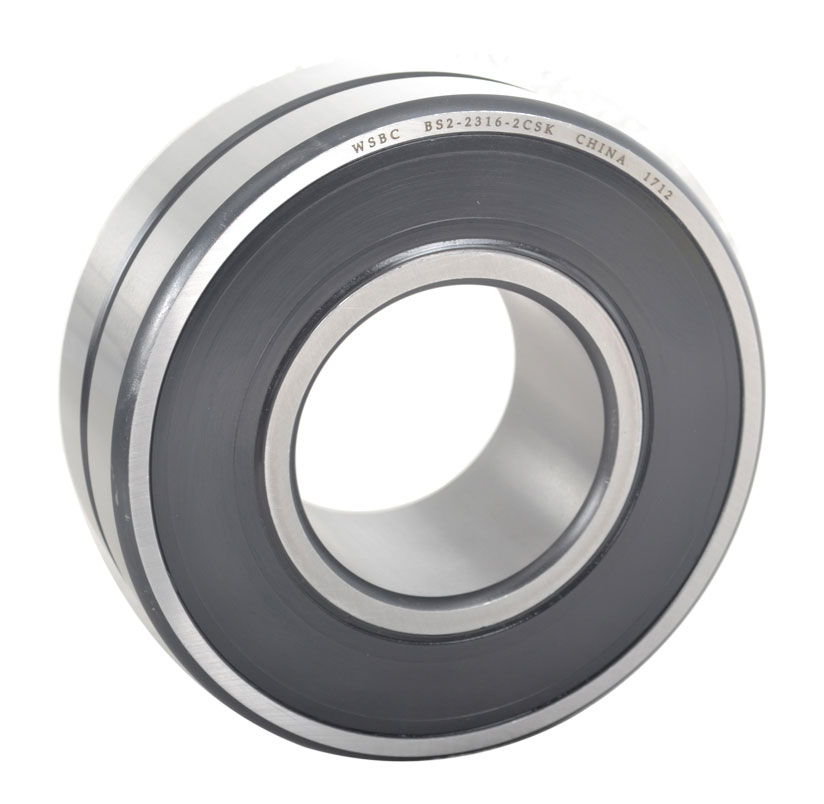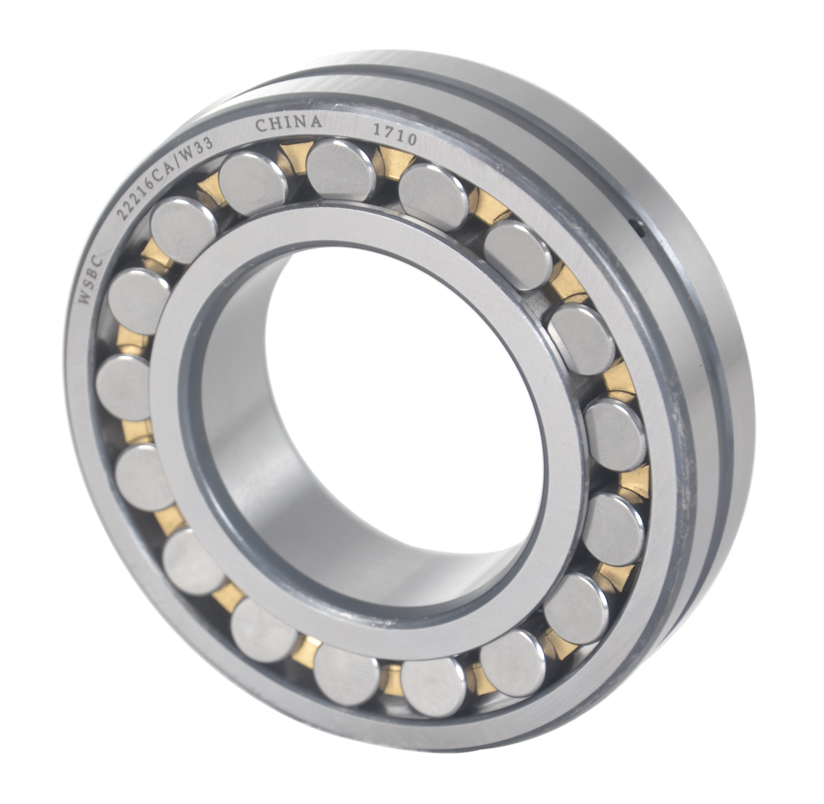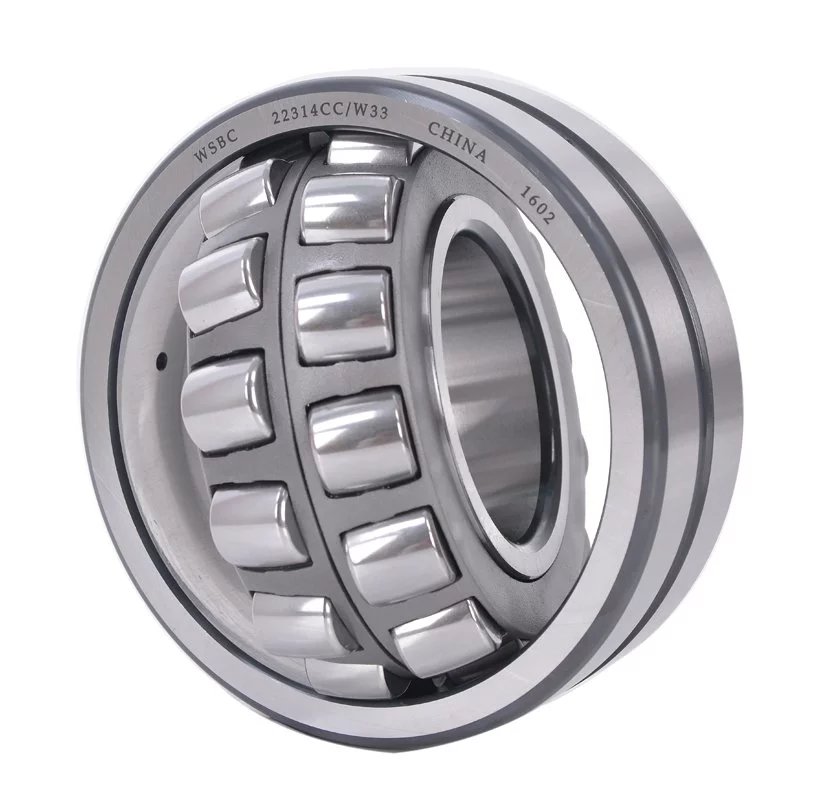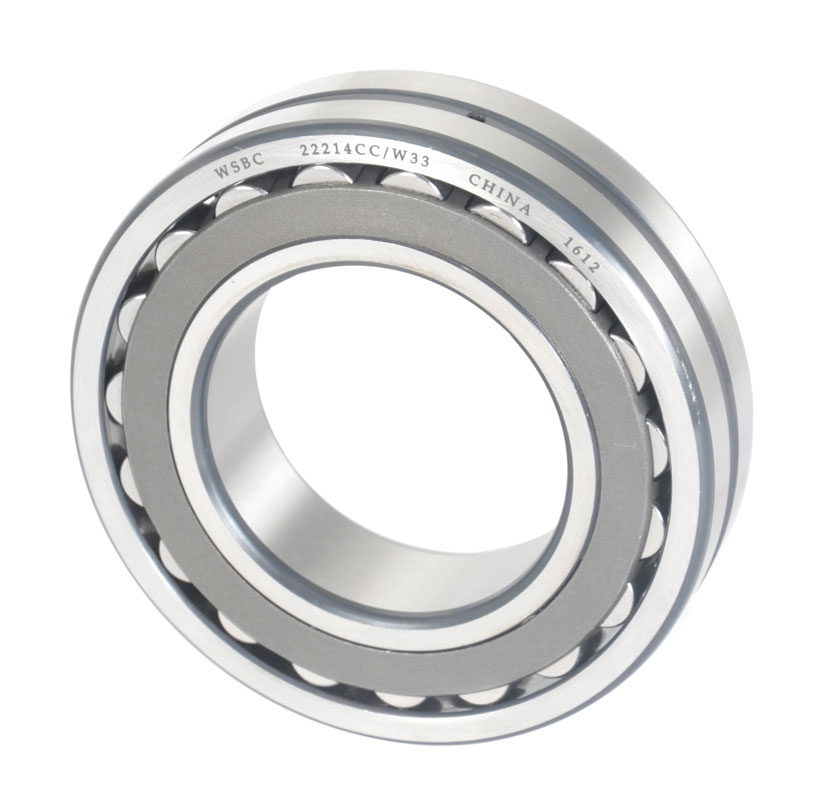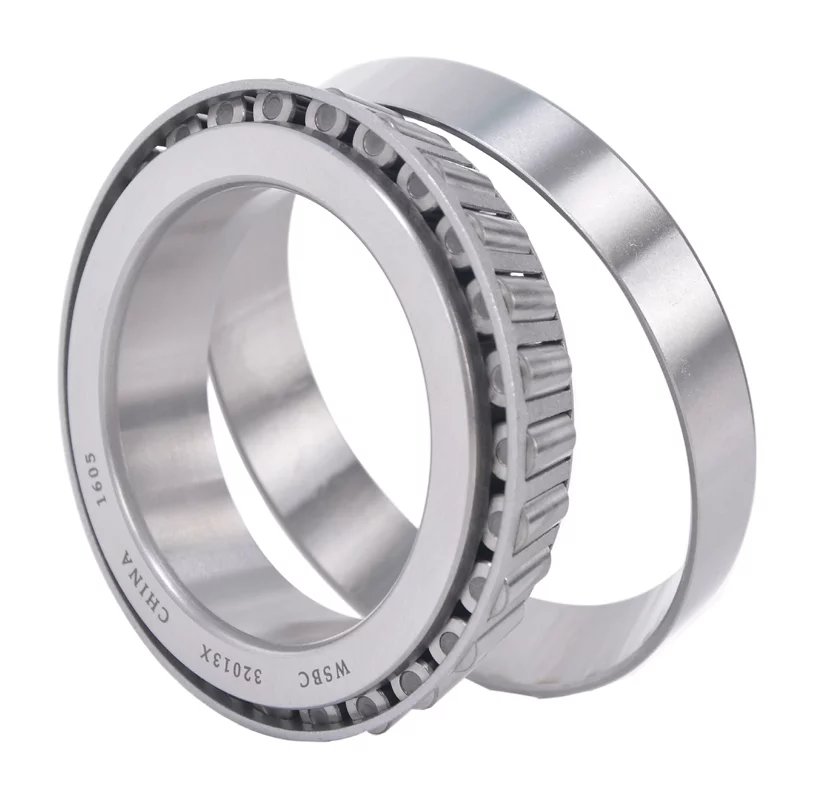News
Basic Knowledge Of Spark Bearing
Time:2020.07.29 Source:Roller Bearings Suppliers
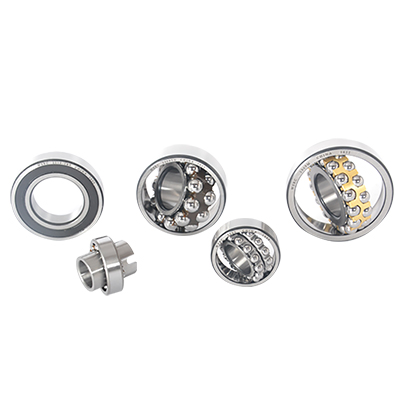
The bearing is a component that fixes and reduces the friction coefficient of the load in the process of mechanical transmission. It can also be said that when other mechanical parts move relative to each other on the shaft, they are used to reduce the coefficient of friction during power transmission and keep the shaft center position fixed.
Bearings are an important part of contemporary machinery and equipment. Its main function is to support the mechanical rotating body to reduce the friction coefficient of the mechanical load during the transmission of the equipment.
一. The role of bearings
1. Support the shaft and the parts on the shaft to maintain the rotation accuracy of the shaft;
2. Reduce the friction and wear of the rotor during rotation;
二. The classification of bearings
1. According to the movement mode, the bearing is divided into: sliding bearing and rolling bearing.
2. According to the force transmission medium, it can be divided into: ball bearings, round bearings and tapered bearings.
3. According to the force mode, it can be divided into: radial bearing, axial bearing and angular bearing.Wuxi Spark Bearing Co.,Ltd provides WSBC 23144-B-K-MB, click here to buy it.
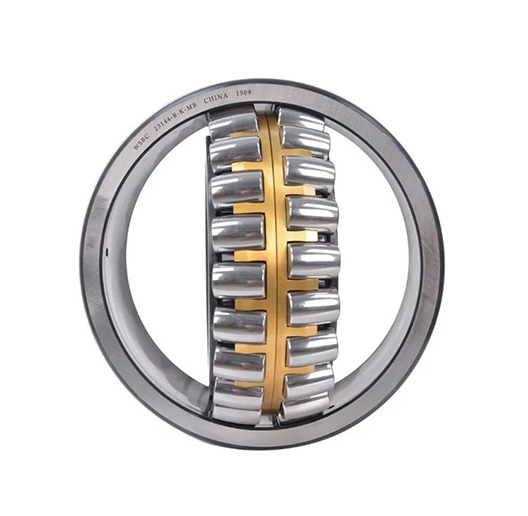
三. Codes of commonly used rolling bearings
1. Rolling bearing code is a product symbol that uses letters and numbers to indicate the bearing structure, size, tolerance level, technical performance and other features. The national standard GB/T272-93 stipulates that the bearing code is composed of three parts:
①The prefix code (letter)
②Basic code (numbers, letters)
③Post code (letter + number)
2. The basic type code of common bearings
example:
6103: 6-deep groove ball bearing, 1-extra light series, 03-inner diameter d=17mm, tolerance level is 0, clearance group is 0 group;
6308: 6-deep groove ball bearing, 3-medium series, 08-inner diameter d=40mm, tolerance level is 0, clearance group is 0 group;
7214AC/P4: 7-angular contact ball bearing, 2-light series, 14-inner diameter d=70mm, tolerance level 4, clearance group 0 group;
N105/P5: N-cylindrical roller bearings, 1-extra light series, 05-inner diameter d=20mm, tolerance level 5, clearance group 0 group;
30213: 3-tapered roller bearing, 2-light series, 13-inner diameter d=65mm, 0-normal width (0 cannot be omitted), and the tolerance level is 0.
3. About the code of lubrication
/W——can not add lubricating oil
/HT——High temperature grease -20°C——130°C
/LHT——low high temperature grease -40C——140"C
/LT——low temperature grease -50C---80°C
/MT——medium temperature grease -30C---110C
四. The installation and disassembly of the bearing
When installing and disassembling rolling bearings, pay special attention to the following two points:
1. It is not allowed to transmit force through rolling elements, so as not to cause damage to the raceway or rolling elements.
2. Due to the tight fit of the bearings, special tools should be used during assembly and disassembly.
The puller should clamp the bearing inner ring evenly.
If the puller cannot be stuck in the inner ring of the bearing, it is likely to cause damage to the bearing. To minimize damage to the bearing, you can rotate the puller while pulling the bearing.WSBC Bearing SL045005-PP online, if you have any need, contact us any time.
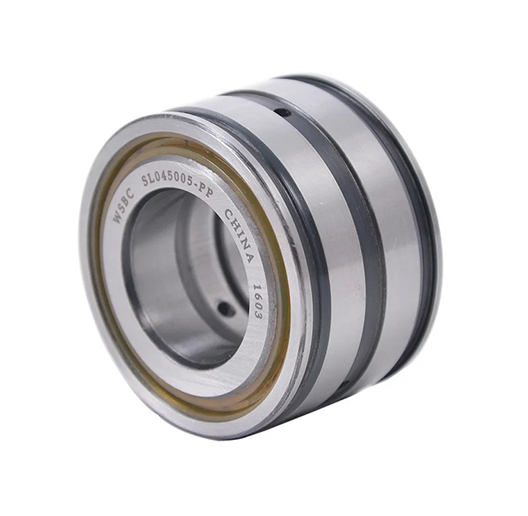
五. The method of judging bearing failure
1. Listen to the sound
If the bearing is in a good continuous rotation state, a low whining sound will be emitted. If there is a sharp hissing, squeaking and other irregular sounds, it often indicates that the bearing is in poor operating conditions.
The sharp squeaking noise may be caused by improper lubrication. Inappropriate bearing clearance can also cause metallic noise. The dent of the concave track on the bearing outer ring track will cause vibration and cause a smooth and crisp sound. If it is caused by knocking scars during installation, noise will also be generated, and this noise will vary with the speed of the bearing.
If there is intermittent noise, it means the rolling elements may be damaged. This sound occurs when the damaged surface is rolled over. Contaminants in the bearing often cause a hissing sound. serious
Bearing damage will produce irregular and loud noise
2. Vibration measurement
IS02372/1: This standard was formally promulgated in 1974, and it is applicable to the grade assessment of vibration intensity of machines with a working speed of 600~12000r/min and a vibration frequency of 10~1000Hz on the bearing cover.
3. Temperature measurement
For continuously working motors, we need to measure the temperature regularly and regularly for a long time. If the temperature suddenly changes significantly, then there must be a component failure. At this time, we must combine sound and vibration to check whether the bearing is damaged.
六. What is the difference between sliding bearing and rolling bearing?
First of all, in the structure, the rolling bearing supports the rotating shaft by the rotation of the rolling elements, so the contact part is a point. The more rolling elements, the more contact points. The sliding bearing is a rotating shaft supported by a smooth surface, so the contact part is a surface.
Secondly, the movement mode is different. The movement mode of the rolling bearing is rolling; the movement mode of the sliding bearing is sliding. Therefore, the friction situation is completely different.
七. Sliding bearings
1. Brief description of sliding bearing
Sliding bearings are mainly used for special working conditions such as extremely high working speed, special support requirements, special heavy-duty, large impact, and split type.
2. Structure and characteristics of sliding bearing
Structure: Composed of bearing seat, bearing cap, bearing shell, connecting bolt, etc.
Features:
① Large carrying capacity and impact resistance.
②Stable work and low noise.
③. Simple structure, small radial size and large axial size.
Applications of sliding bearings:
① High-speed, high-precision, and heavy-duty occasions; such as turbine generators, machine tools, etc.
② Very large, very small, and very simple occasions.
③, occasions where splitting is required in structure; such as crankshaft bearings.
④ The occasions subject to shock and vibration loads; such as rolling mills.
3. Commonly used radial sliding bearings are divided into two categories
1) Integral radial sliding bearing
Features: Simple structure and low cost, but the bearing gap is too large to adjust after the sleeve is worn, and it is inconvenient to assemble and disassemble the heavy shaft.
Application: Low speed, light load or intermittent working machinery.
2) Split radial sliding bearing
Features: The bearing is easy to assemble and disassemble, and it is easy to adjust the bearing gap after the bearing bush is worn.
Application: The working speed is extremely high, the supporting requirements are extremely precise, withstand large impacts, and must be split.
八. Rolling bearings
1. The four major parts of rolling bearings
2. The functions of the four major rolling bearings
Inner ring: usually tightly fit with the shaft and rotate together with the shaft.
Outer ring: It is usually matched with the housing hole of the bearing seat or the housing of the mechanical part to play a supporting role.
Rolling elements: With the help of cages evenly arranged between the inner and outer rings, its row shape, size and number directly determine the bearing capacity of the bearing.
Ball bearings have low load carrying capacity and high limit speed.
Roller bearings-high load carrying capacity, low limit speed.
Under the same external dimensions, roller bearings have better load carrying capacity and impact resistance than ball bearings, but ball bearings have lower friction and better high-speed performance.
Cage: Separate the rolling elements evenly and guide the rolling elements to move on the correct track.
3. Features of rolling bearings
Advantages: low friction, high precision, high rigidity, easy maintenance;
Disadvantages: The load capacity is smaller than that of the sliding bearing, the vibration and noise are greater, and foreign objects are not allowed to enter.
4. The use of bearings
The reasonable use of the bearing is inseparable from the correct installation and disassembly. In the disassembly of the bearing, any wrong operation will cause the sensitivity of the bearing, which will affect its service life to varying degrees, and even cause Sudden accident of bearing occurred. Failure to take this work seriously and meticulously, and the incorrect method used, is often an important reason for bearing damage and low service life.
Bearing storage
The bearings are coated with a proper amount of anti-rust oil and packed with anti-rust when leaving the factory. It is best to store them in a place with a temperature of 20°C and a relative humidity of 60% or less during long-term storage, and place them on a shelf 30 cm above the ground. It is advisable to avoid direct sunlight or cold walls.
5. Preparation before installation
a. The assembly surface of the parts must be kept clean and free from defects. The assembly surface of the parts must be cleaned with clean gasoline or kerosene.
b. All lubricating oil circuits on the bearing components should be checked to keep the oil circuits unobstructed, and a thin layer of lubricating oil should be applied to the mating surfaces to make bearing installation easy.
6. Bearing cleaning
The bearing must be unpacked before installation.
Generally, in the case of using grease, you can install and use it directly without cleaning the rust inhibitor; if oil lubrication is used, or although grease lubrication is used, the mixture of grease and rust inhibitor will reduce the lubricity. Use gasoline or kerosene after washing and drying. Bearings with dust caps or seals on both sides cannot be cleaned.
7. Common forms of destruction of rolling bearings
When rolling bearings are installed, fitted, lubricated, sealed, and maintained normally, most bearings are damaged due to fatigue and peeling, or the bearing accuracy is lost due to friction and wear and cannot be used continuously. Fatigue and wear are normal damage.
Hot Topics
Copyright © Wuxi Spark Bearings Co.,Ltd Co., Ltd All Rights Reserved. Sitemap
www.spark-bearing.com. Profession in Roller Bearings, Ball Bearings and Taper Toller Bearings-China Suppliers.
